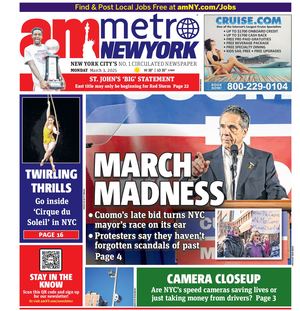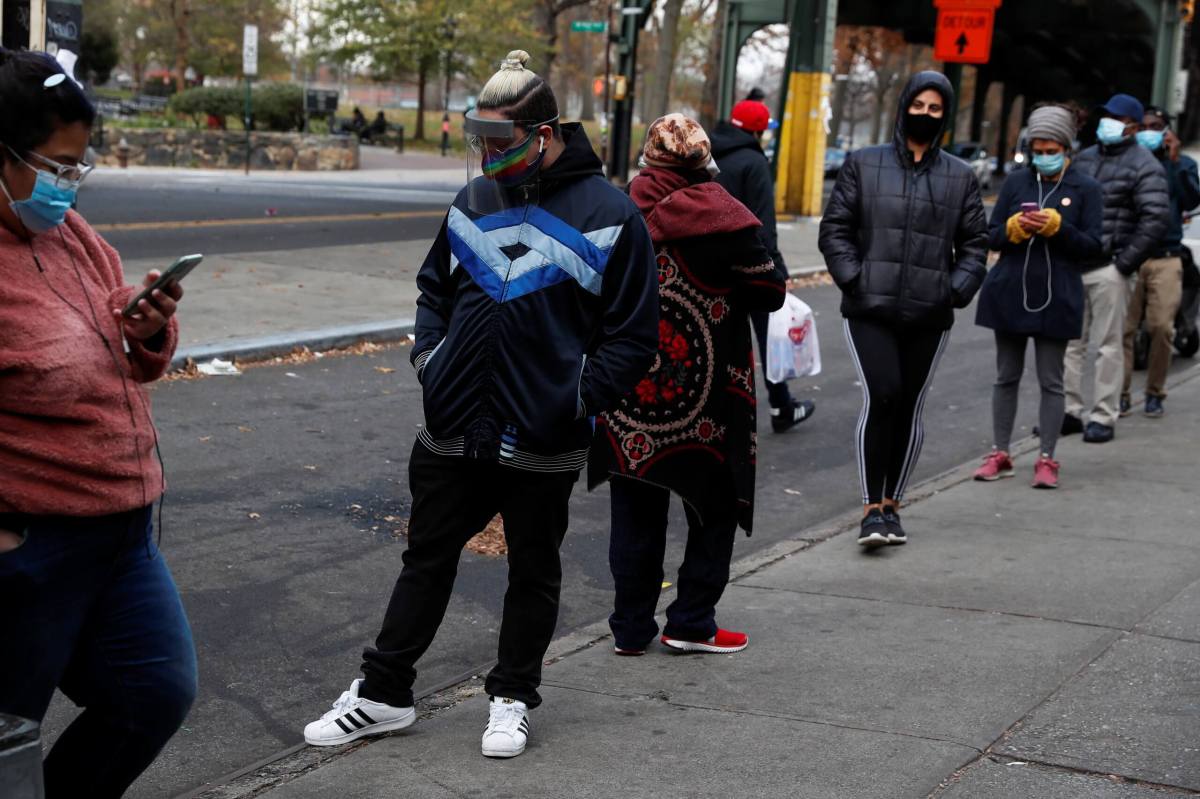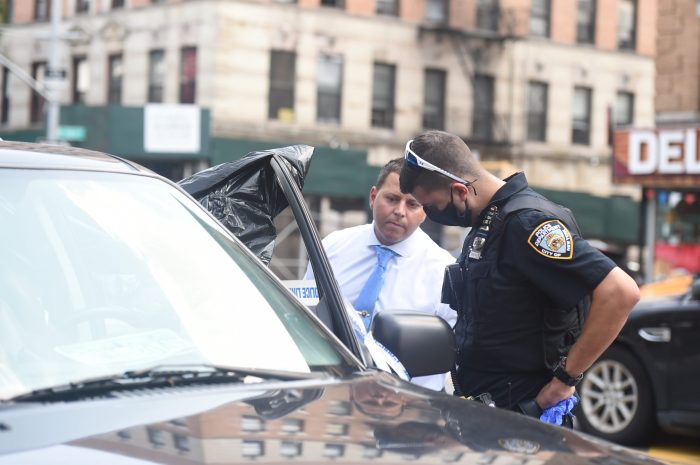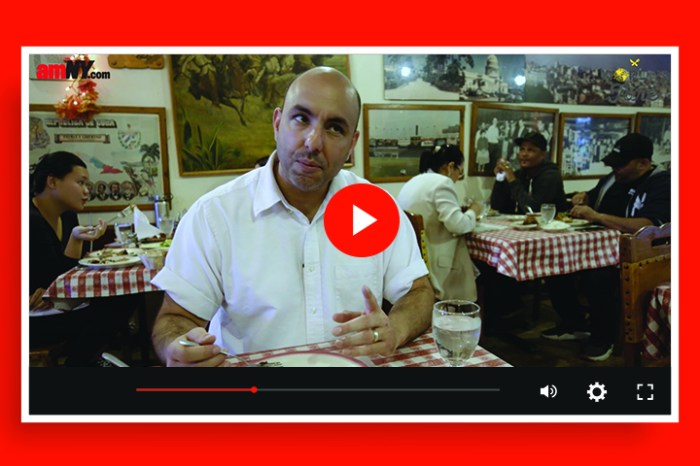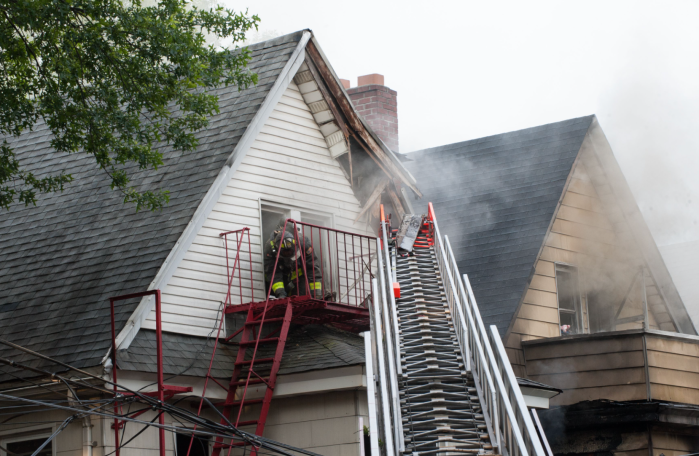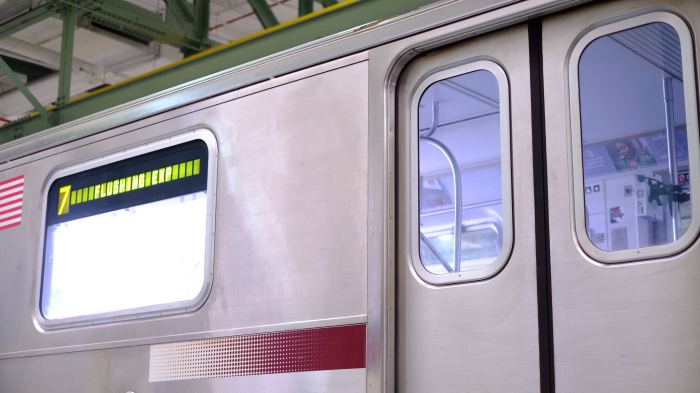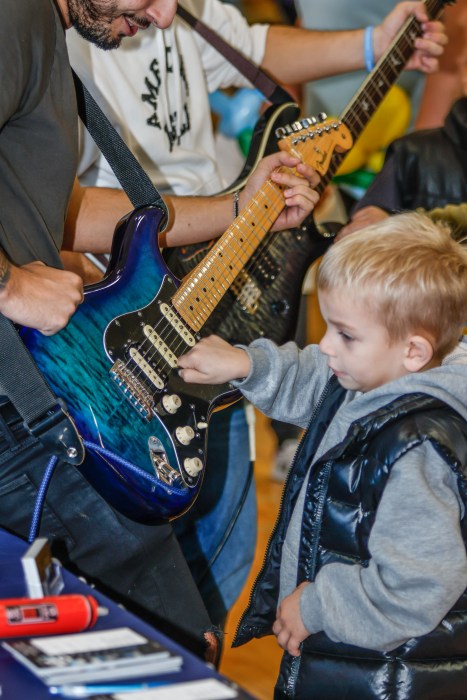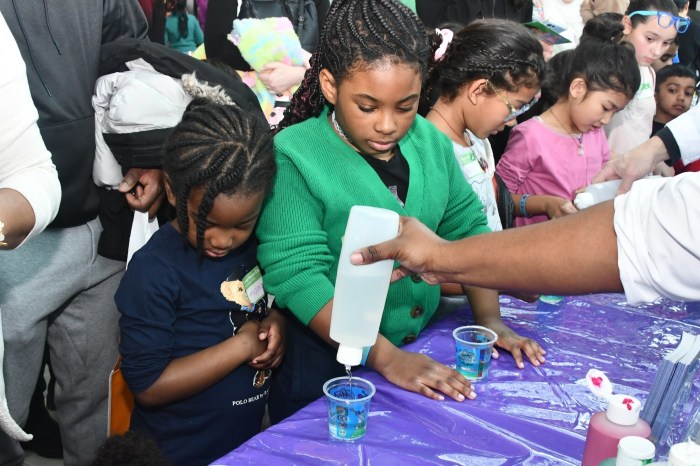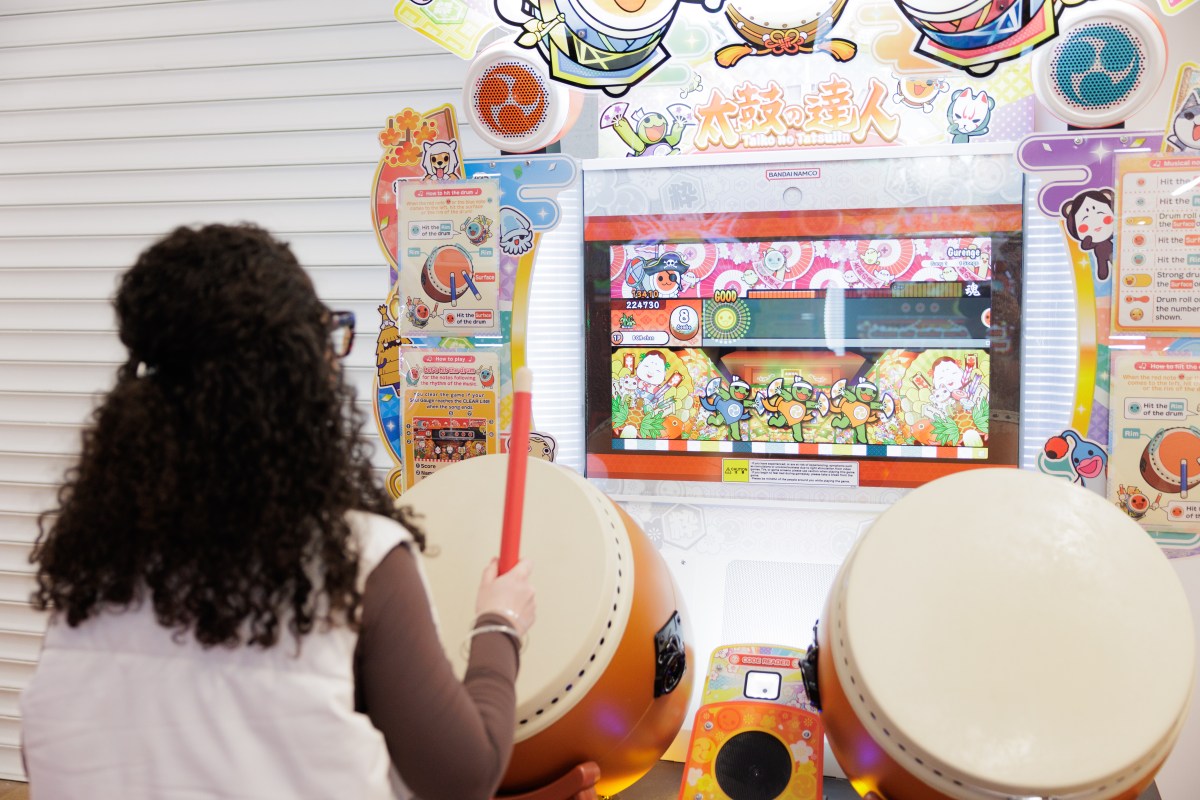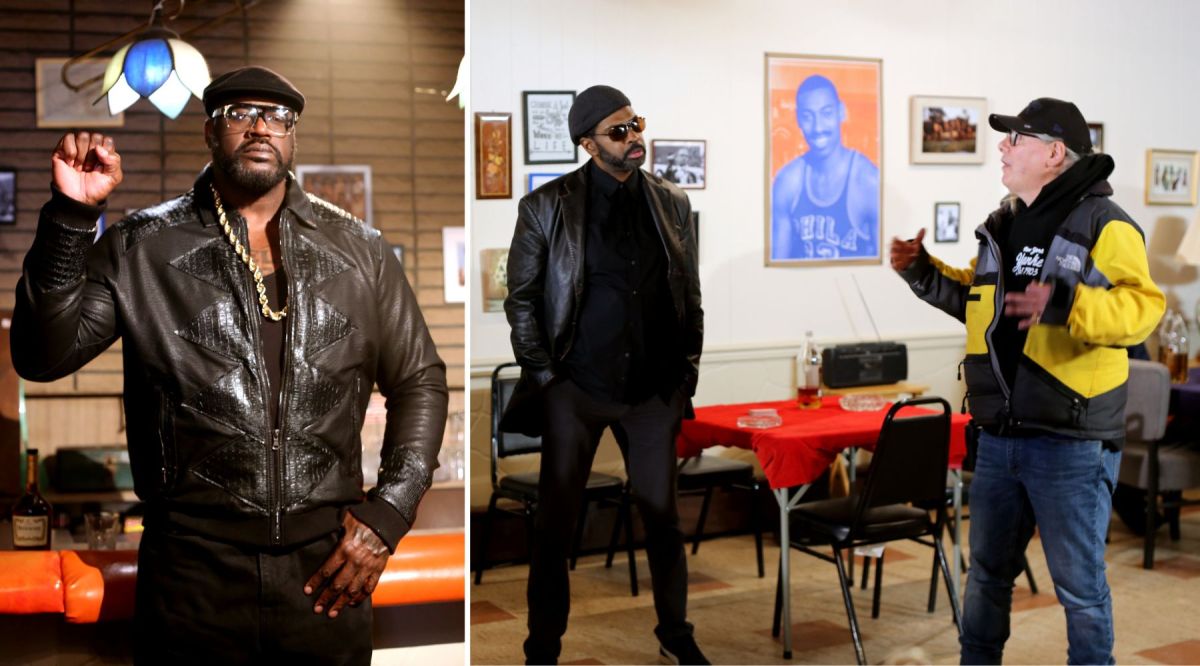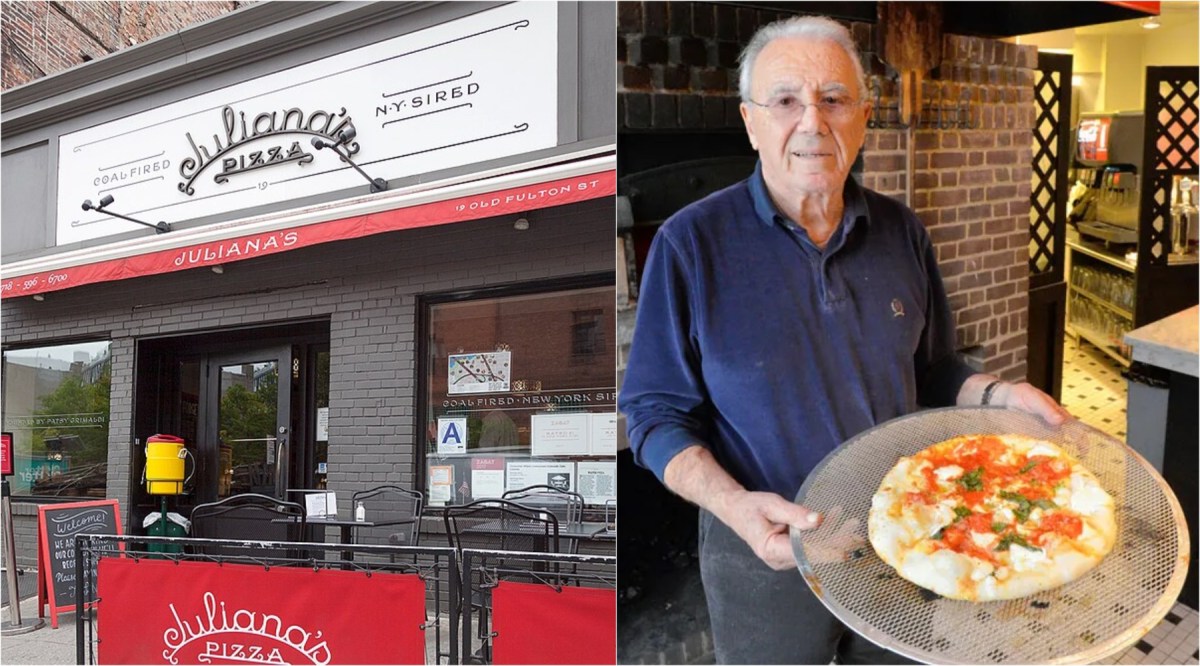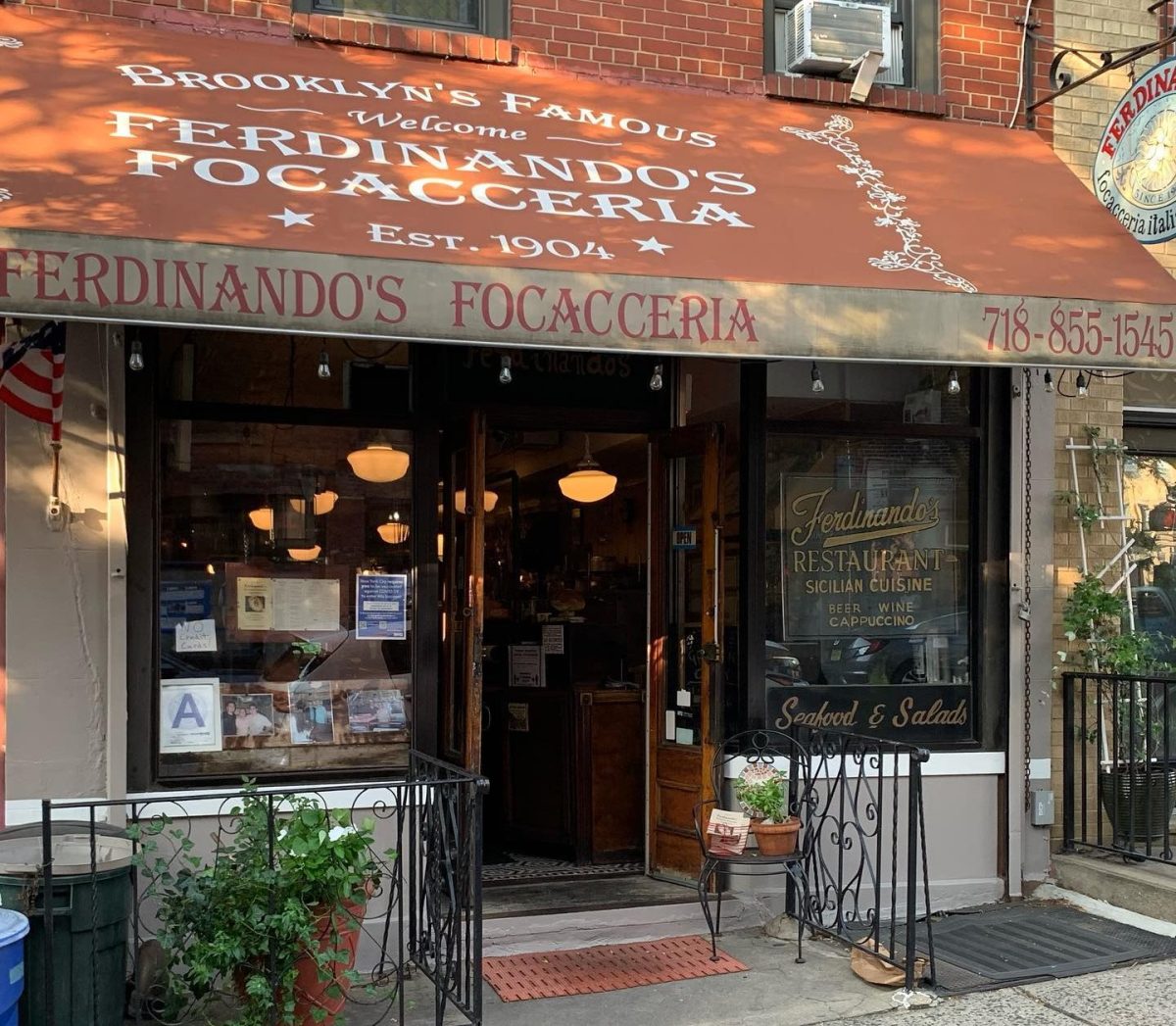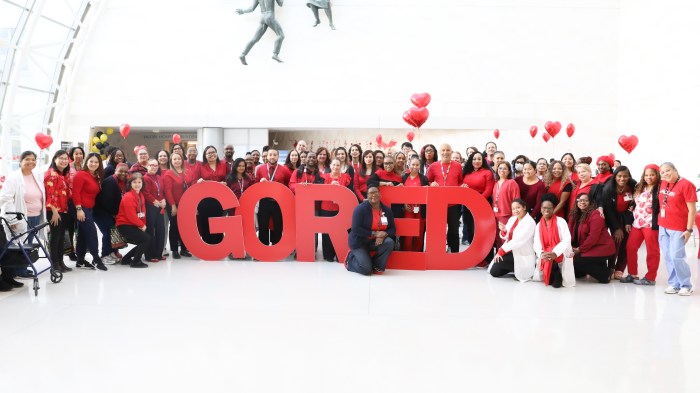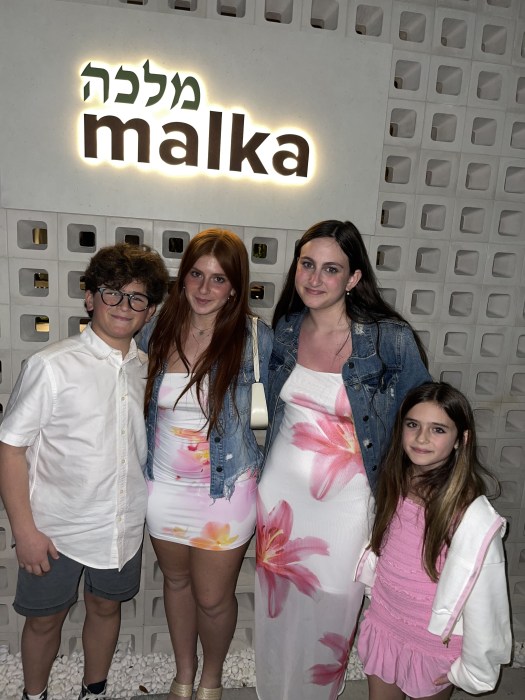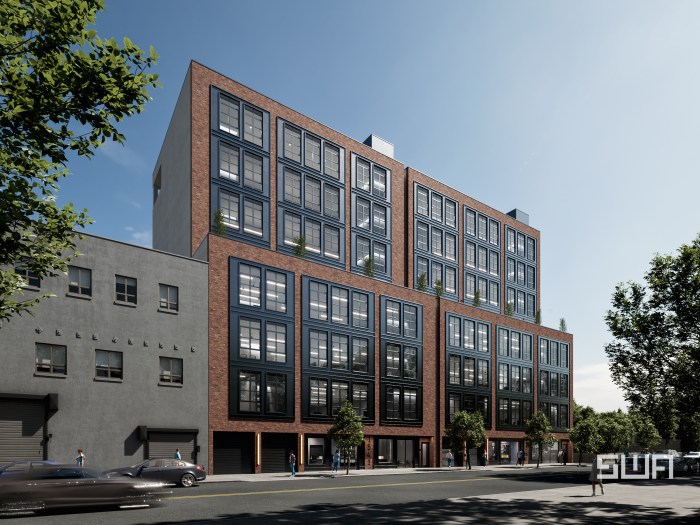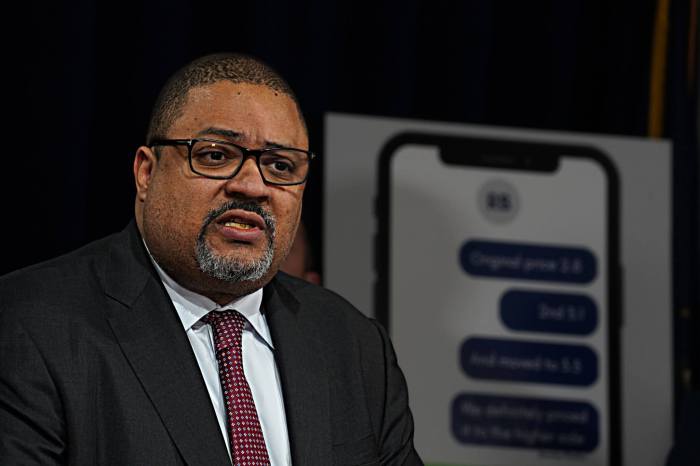A day after New York City closed public schools and reverted classes to online learning due to the burgeoning second wave of COVID-19, the city’s Health Department released additional statistics showing further proliferation of the virus.
Thirty-eight neighborhoods across the five boroughs registered COVID-19 7-day positivity rates above 4% between Nov. 9 and 15. Nine areas — five of which are in Queens — had a 7-day positivity rate of 5% or greater.
The Tottenville neighborhood of Staten Island, ZIP code 10307, remains the epicenter of the latest COVID-19 outbreak in New York City. Tottenville registered a 7-day COVID-19 positivity rate of 7.6%, with 40 new cases detected.
Two other Staten Island ZIP codes had positivity rates above 5%: Graniteville/Mariners Harbor (10303), 5.65% and 54 new cases; and Midland Beach/New Dorp (10306), 5.63% and 110 new cases.
Breezy Point, Queens (11697) has the second-highest 7-day rate at 7.25%, with 14 new cases reported. The other four Queens neighborhoods with positivity rates above 5% are Ozone Park (11416), 5.59% and 34 new cases; Richmond Hill (11418), 5.33% and 59 new cases; Corona/North Corona (11368), 5.22% and 131 new cases; and Elmhurst (11373), 5.09% and 130 new cases.
The Bronx’s Concourse/Highbridge neighborhood (10452) was the other New York City area above 5% positivity, with a 5.03% rate and 88 new cases.
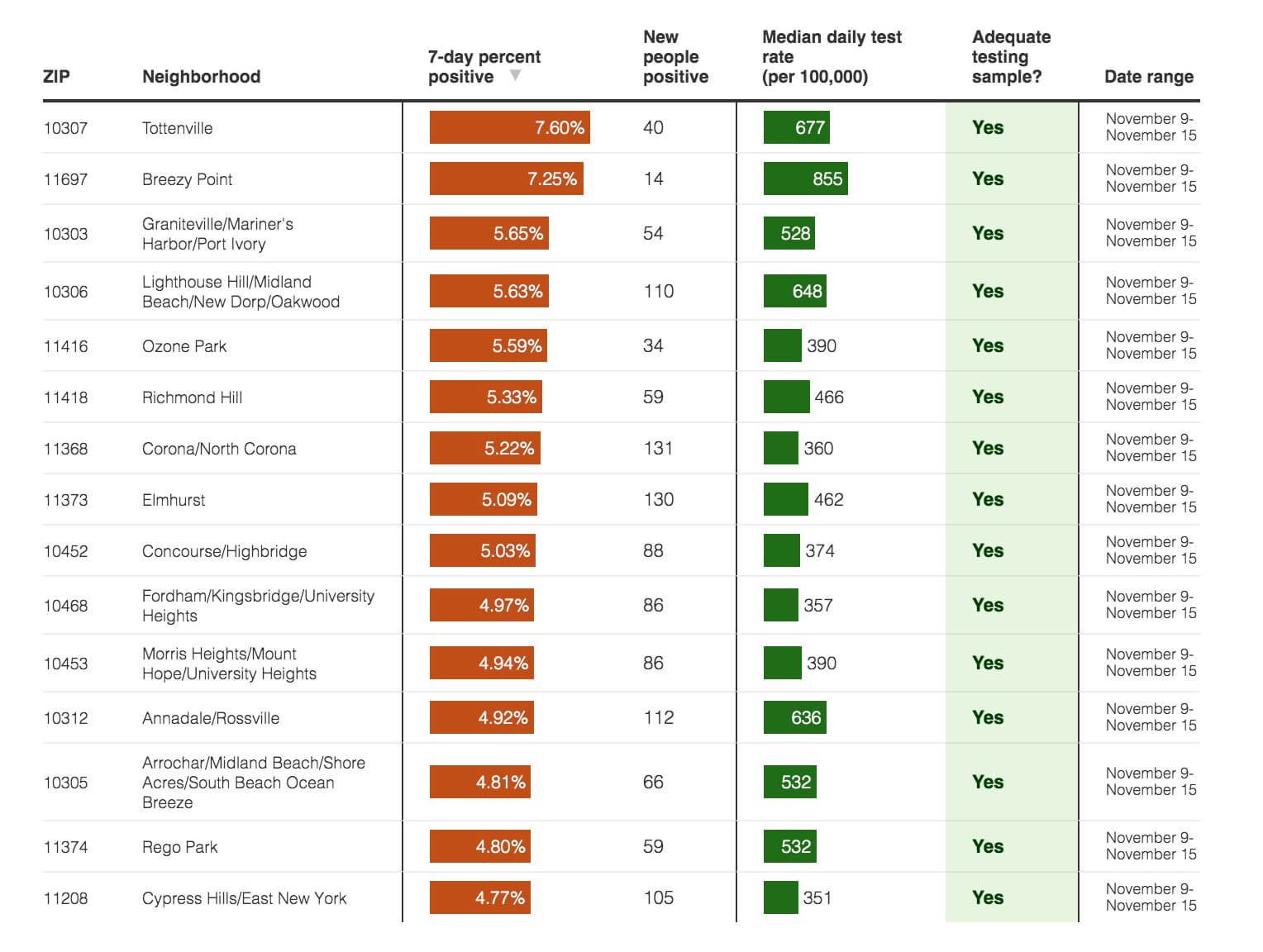
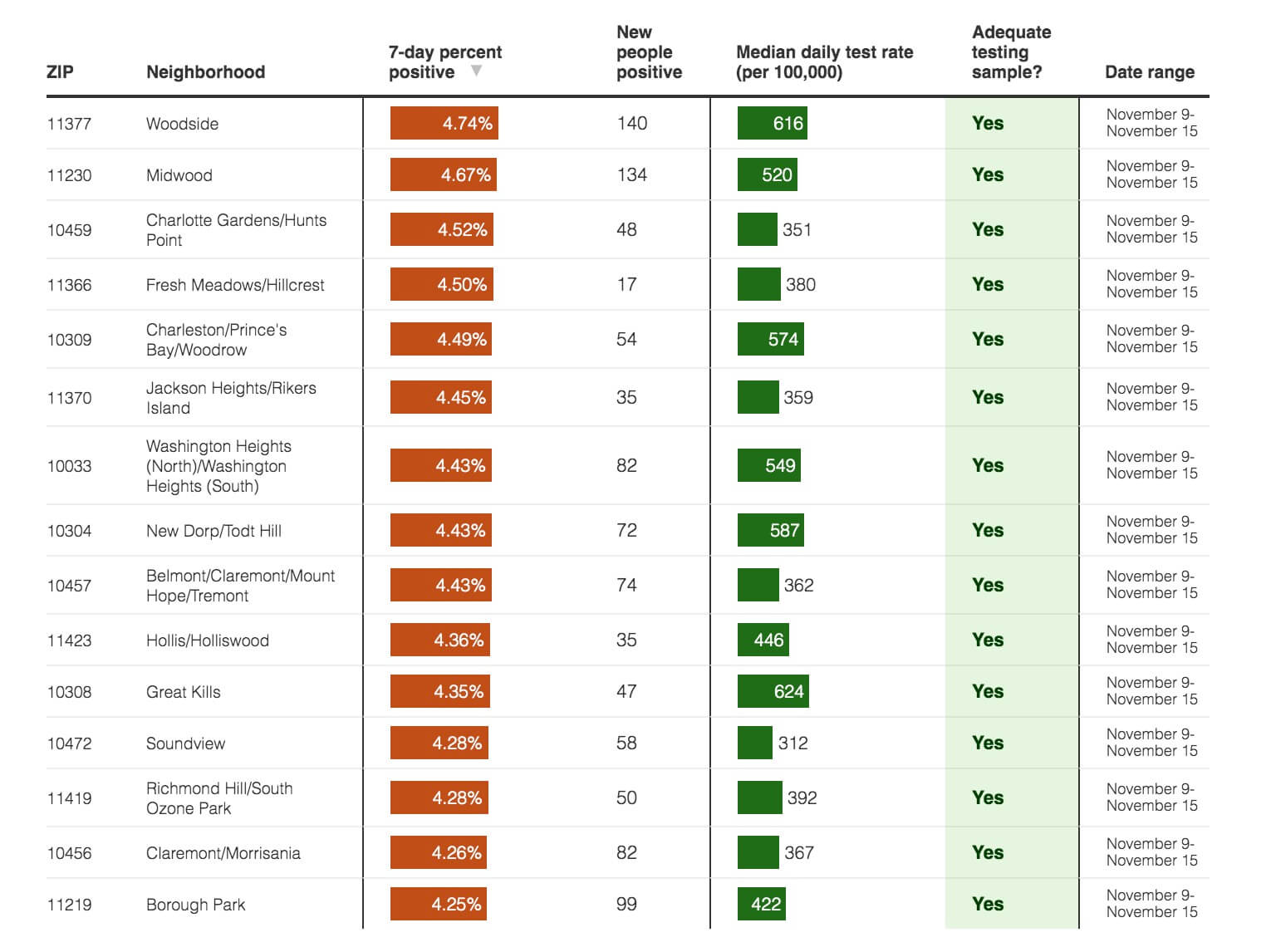
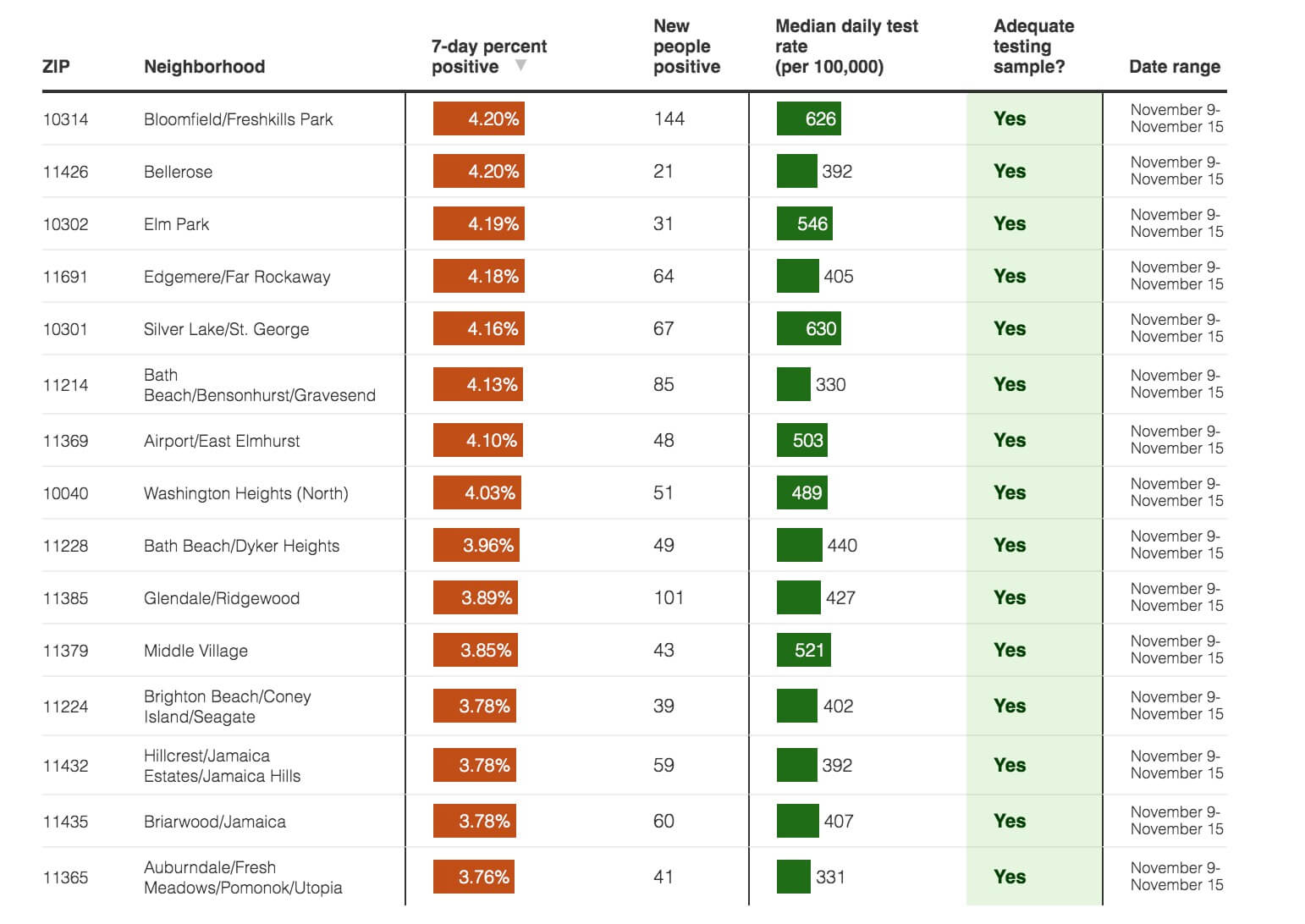
Citywide, the reported new cases of COVID-19 over the last seven days reached 1,255 on Nov. 17, and the 7-day positivity average stood on Nov. 18 at 3.01%. To put things in perspective, the all-time peak in the 7-day rate was 67.71%, reached in early April.
The 7-day positivity average measures what percentage of New Yorkers tested positive for COVID-19 over a given week. The city uses this number, along with a break down by each ZIP code, to track the spread of the virus and respond with contact tracing and other restrictive measures.
The 3% 7-day positivity rate is also good enough for New York City to qualify as an “orange zone” under New York State Health Department parameters. Governor Andrew Cuomo said on Wednesday that an orange zone designation was likely to follow, and Mayor Bill de Blasio indicated that he and the governor had spoken about further restrictions to stop the spread.
In an orange zone, indoor dining would be stopped (though outdoor, heated dining would be allowed to continue) and gatherings would be restricted to no more than 10 people.
